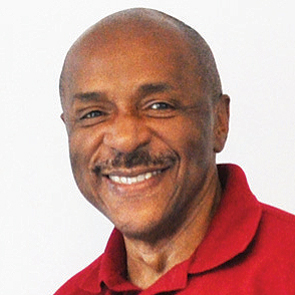
Jones this year segued from his full-time role as head of NAMIC’s education and diversity solutions to a consultant position. His work with the organization has been ground-breaking, including creating a “super-ERG” to stem silo’d efforts within NAMIC, where he says “the culturally diverse employees approach all aspects of work life and problem solving in an inclusive, all voices resonate fashion.”
What does your company/organization do to ensure all employees feel included?
NAMIC is an organization in which the culturally diverse employees approach all aspects of work life and problem solving in an inclusive, all voices resonate fashion. Every opportunity is taken to consider the mix of perspectives and experiences, and to shape these into programs and initiatives that drive the mission.
How can diversity be better incorporated into the recruiting process?
Certainly, paying attention to the presence of unconscious bias (e.g., confirmation bias, association bias) in the recruitment process could potentially lead to more inclusive talent selection. This calls for making recruiters and hiring managers aware of how unconscious bias is playing into whom they consciously and unconsciously endorse and whom they consciously and unconsciously discount.
Can you share a successful diversity program at your company or one you’ve observed at another company or organization?
One of the most powerful initiatives I’m familiar with is a company’s having created a unique employee resource group (ERG) that comprises the leaders of all the organization’s existing ERGs. The impetus for doing so grew from a concern that a culture of silo’d tribalism was developing that, in effect, was eroding the D&I progress of which the company had been so proud. The new “super” ERG—headed, by the way, by the CEO) meets regularly, contributes to inclusive enterprise-wide workforce policies, and even has resources allocated to produce and distribute company “white papers” addressing topics like intersectionality and working on multicultural teams/task forces.
What questions is the industry not yet asking in its efforts to be more diverse and inclusive that it should be?
The industry could be doing a far more effective job of engaging influential white male leaders in looking at the impact of institutionalized “isms” and, as important, engaging them as equal stakeholders and accountability partners in creating sustainable change. This won’t be easy, but real change won’t happen without it.
Which current television show/s best embrace diversity?
For me, the domestic show that is most illustrative the power (and the payoff) of cultural diversity is “Project Runway.” To coopt someone else’s memorialized observation, “it’s the TALENT, stupid!”